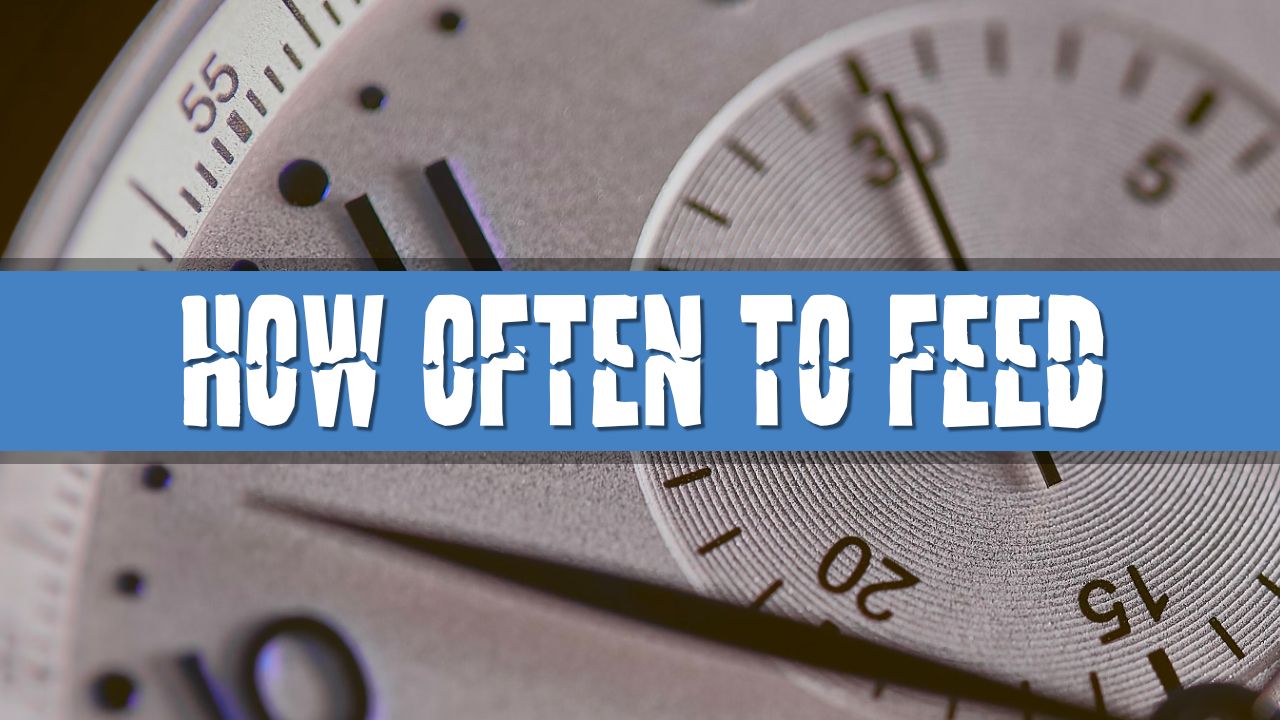Feeding Frequency for Tropical Fish: Guidelines and Best Practices
Tropical fish should typically be fed as much as they can eat in 2 minutes, once or twice a day. Adjust this based on their species, size, age, and health. Overfeeding can cause water pollution and diseases. Quality over quantity is key in their diet.

As an aquarium enthusiast, feeding my tropical fish can be one of the most satisfying experiences. There's nothing quite like seeing a flurry of color darting around the tank as they enjoy their meals. However, there's a common question that's often asked: "How often should I feed my tropical fish?" The answer, my friends, isn't as straightforward as you may think. Let's dive in and explore.
Understanding Your Fish's Dietary Needs
Firstly, it's important to understand that each species of tropical fish has unique dietary needs. Some are omnivores, while others are herbivores or carnivores. For instance, some fish, such as Clown Loaches, tend to be more active at night and may require feeding just before the lights in your tank go out. It's essential to research the specific dietary needs of your fish and plan their feeding schedule accordingly.
The Rule of Thumb for Feeding Tropical Fish
A common rule of thumb I follow is to feed my fish as much as they can consume within two minutes, once or twice a day. Overfeeding can lead to various problems, including water pollution and diseases. Fish are opportunistic feeders and will eat whenever food is available, so it's crucial not to mistake their eagerness for hunger.
The Risks of Overfeeding
Overfeeding can lead to many problems. Excess food can decompose, leading to the growth of harmful bacteria. This could cause your tank to become cloudy or develop a foul smell, and it may also result in more frequent gravel cleaning. In severe cases, it can lead to your fish becoming sick and might affect their behavior, such as fish chasing each other.
Adjusting Feeding Schedules
Remember, the feeding rule isn't set in stone, and you may need to adjust it based on your observations. If you notice that your fish aren't eating, or if there's leftover food after the 2-minute mark, you might be feeding them too much. Conversely, if your fish are looking thin or appear hungry after feeding, you may need to feed them a bit more.
Also, consider the age and size of your fish. Young, growing fish or pregnant fish like platies may require more frequent feedings than older fish.
Quality Over Quantity
When it comes to fish food, I always stress that quality is more important than quantity. Invest in high-quality, nutritionally balanced food that caters to your specific fish species. Rotate their diet occasionally to ensure they get a variety of nutrients. Remember to keep your fish tank clean and ensure it is the right size and shape to make your fish feel comfortable and stay healthy.
Conclusion
Determining how often to feed your tropical fish depends on their species, size, age, and health. While a common rule of thumb is to feed as much as they can eat within two minutes, once or twice a day, it's crucial to adjust this based on your fish's specific needs and your observations. Remember, quality over quantity is key when it comes to fish food, and maintaining a clean, comfortable tank environment is just as important.

